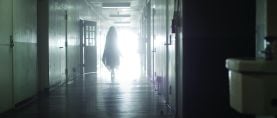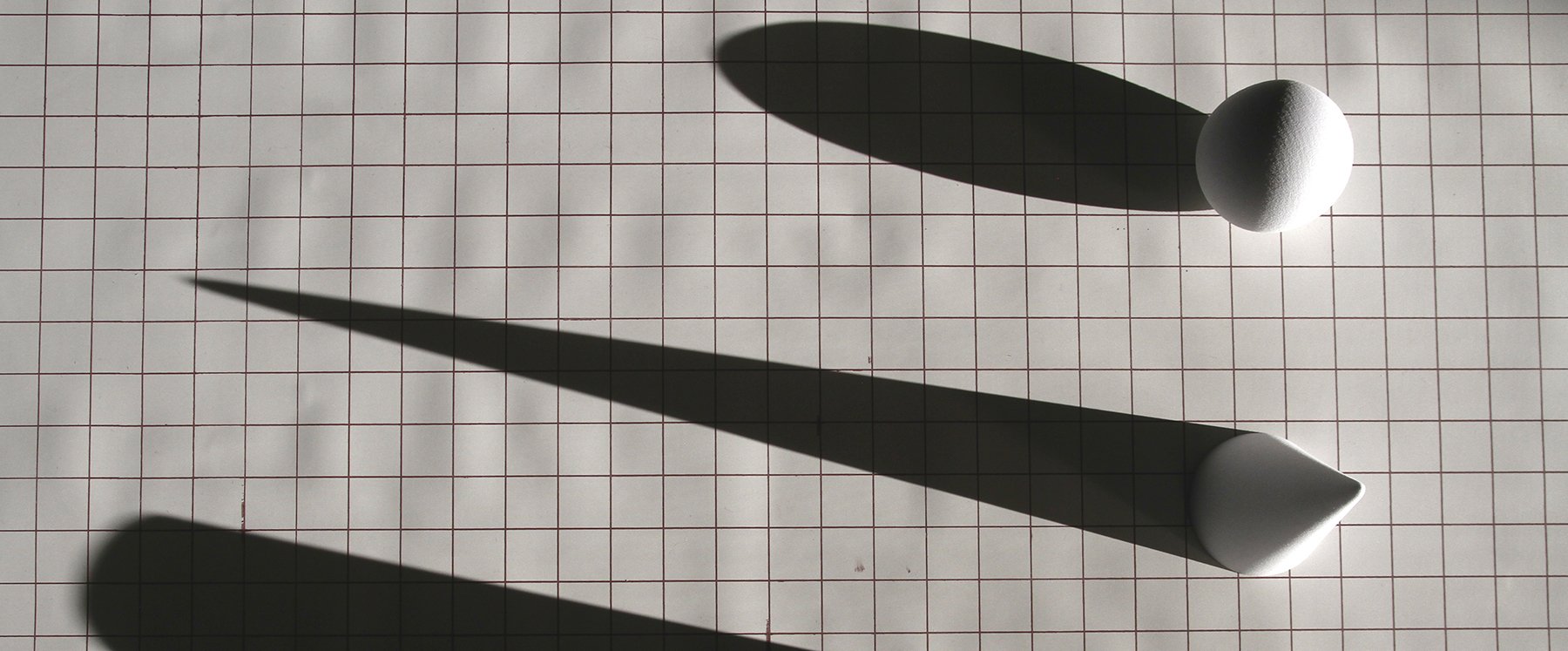
Diffusion Confusion, Part 2: Alternative Diffusion
For those who can’t afford commercially sold diffusion materials, there are plenty of alternatives that you can use. We’ll take a look at some of them here, compared to the “real stuff.”
Over the years, I’ve often been asked, “Can I light with [insert household fixture here]?” My answer is always “Of course!” — but there’s a caveat.
Not every device that produces light does so in a manner that is actually useful photographically. Some popular, inexpensive, high-wattage work-lights put out a lot of footcandles, but the quality of light is not good. However, if you put that fixture through some diffusion, magical things can happen. In fact, with the right “flavor” of diffusion, any light source can be beautiful. Diffusion is truly the lighting equalizer. And for those who can’t afford commercially sold diffusion materials, there are plenty of alternatives that you can use. We’ll take a look at some of them here, compared to the “real stuff.”
In October’s Shot Craft, we looked at a test of common diffusion materials that cinematographer Kaity Williams and I conducted. But Williams and I also tested an array of alternative — aka DIY — diffusion materials. “We all have little tricks and treats in our toolbags,” Williams offers. “Doing this test was a wonderful way to help refine the DIY items that I carry fairly often, and to get a chance to try them against higher-end tools. Some of the results were very surprising.”
Again, there are always caveats. Professional, commercially sold diffusion is manufactured to be heat- and flame-resistant, meaning that you can safely use it close to light fixtures without significant risk of fire. Alternative materials, on the other hand, are not resistant to heat and flames. While a bedsheet can make for a wonderful, large piece of diffusion, if you place an incandescent source too close to it, beware: You can start a fire. Additionally, there’s no consistency or control of color variance with DIY diffusions — not all bedsheets or shower curtains are created equal. One might have a slight blue color to it, another might be slightly yellow. In turn, this can affect the skin tones of your talent. So you have to be careful what material you use — in addition to being careful about the color fidelity of the light source behind the diffusion!
Now, on to our test. For our DIY materials, we chose a piece of off-white liner’s silk; a white bedsheet; a white vinyl shower-curtain liner, purchased from a home-improvement store; a piece of silver metallic poster board, also known as show card; and a piece of white foamcore. Stepping briefly away from diffusion, we also tried to create the hardest shadow we could by using a 1'x1' mirror.
Let’s start with the mirror. Remember, the softness of light is primarily determined by the size of the source relative to the source’s distance from the subject. In the case of our testing, we could only get our lighting instrument to a distance of about 20' from the subject to get the hardest light possible. I wanted to push that farther, so we brought out a 1'x1' mirror, which we placed 20' away from our geometric shapes; we then positioned our lighting source right near the shapes and aimed it at the mirror. This doubled the distance that the light was traveling — it went from the source, 20' to the mirror, and was then reflected 20' back to the shapes, creating the hardest source with the cleanest shadows that we could muster within our given limitations. The shadows were almost entirely umbra — the deep, dark center of the shadow — with almost no penumbra — the “fuzzy” perimeter — at all.
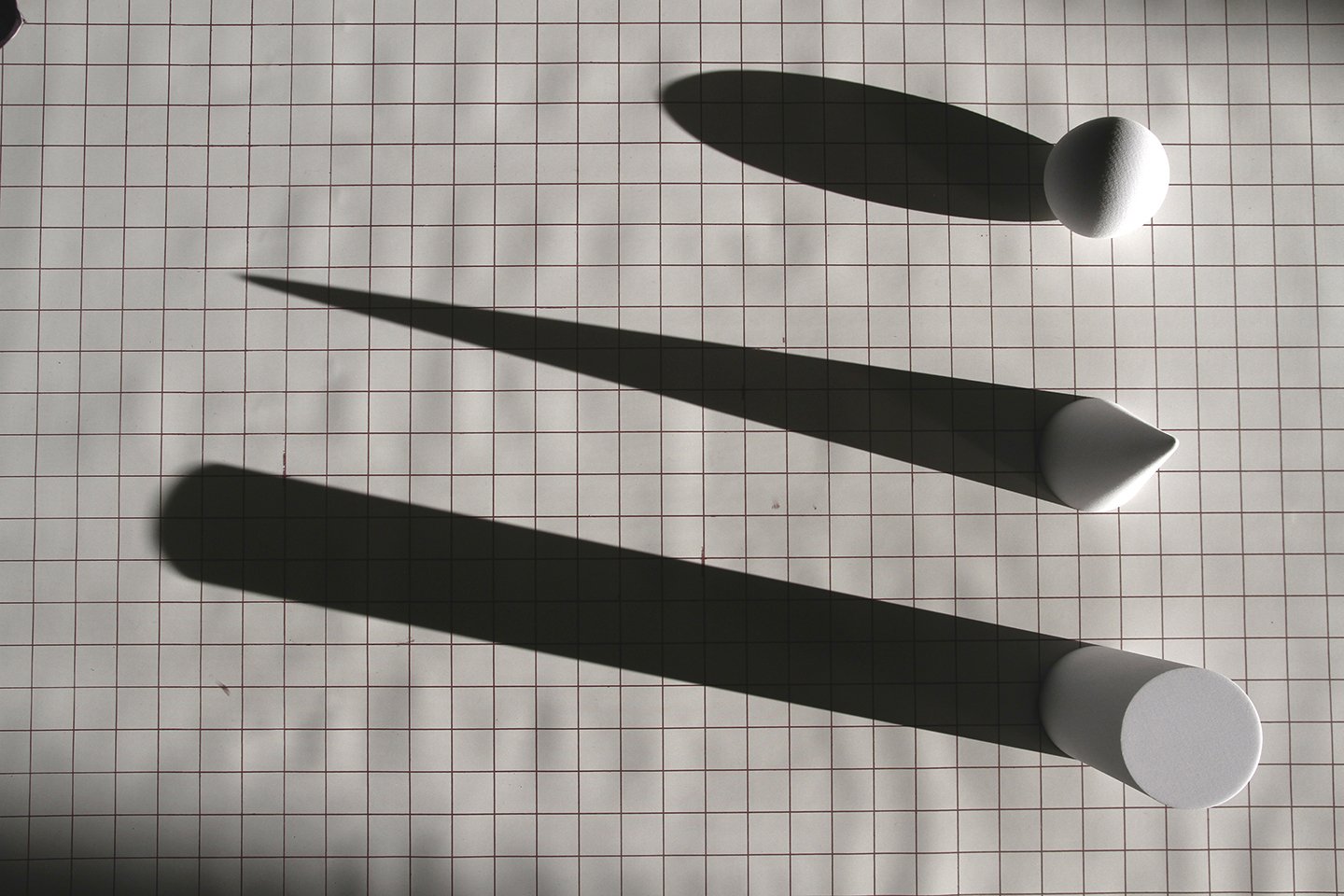
Of the alternative diffusion we tested, the liner’s silk had the least softening/diffusing effect. This inexpensive material is silk-like and is intended to line the inside of garments; it is very similar to the professional silk diffusion you can buy from most grip retailers. Liner’s silk is something that I’ve used as an alternative diffusion for many years. I usually have bright white and warm off-white with me at all times — although, full disclosure, my bright white went missing for this test. Surprisingly, the closest professional diffusion to the liner’s silk was Full Tough Spun. Both produced roughly the same shadow effect, creating sharp umbra and penumbra elements.
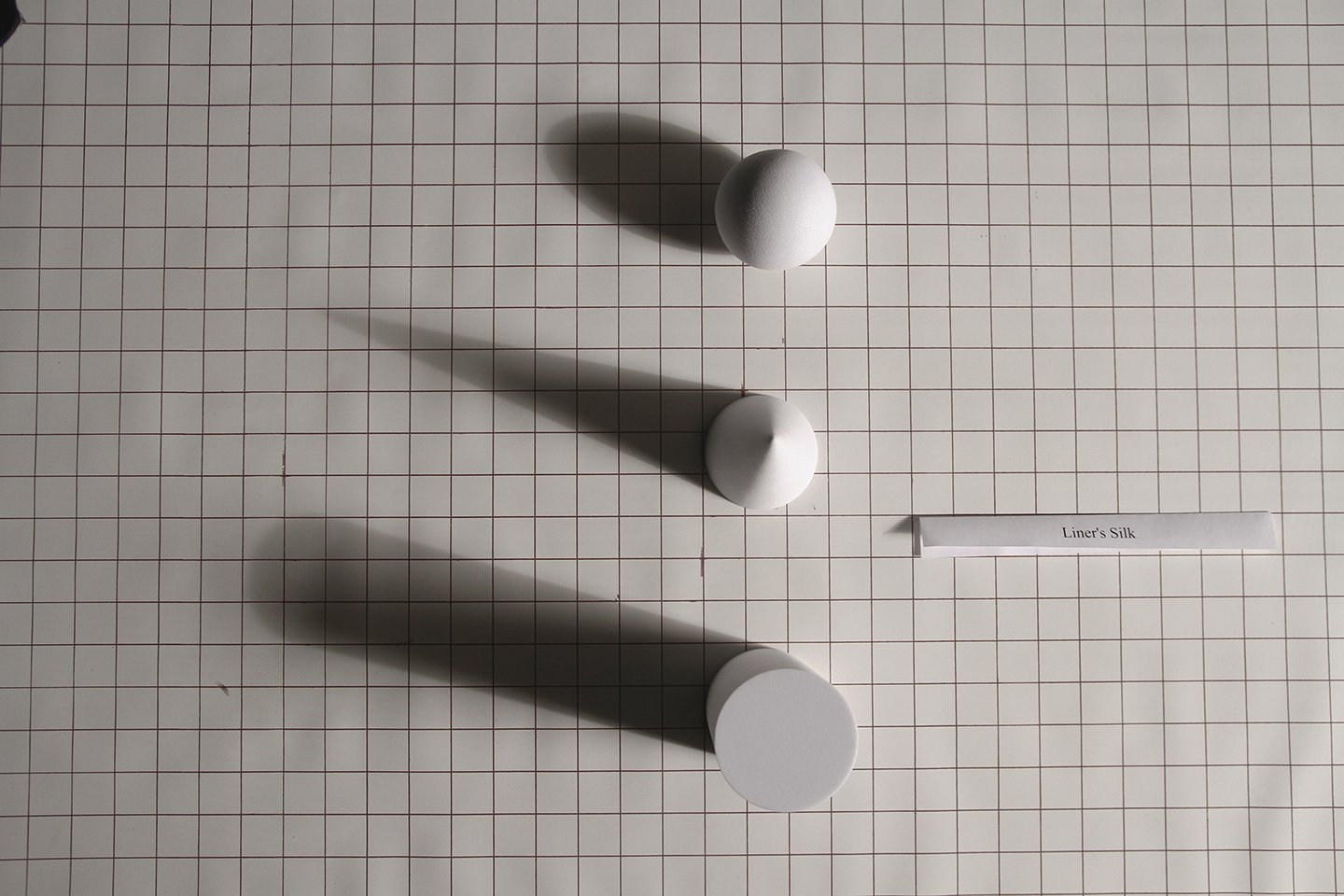
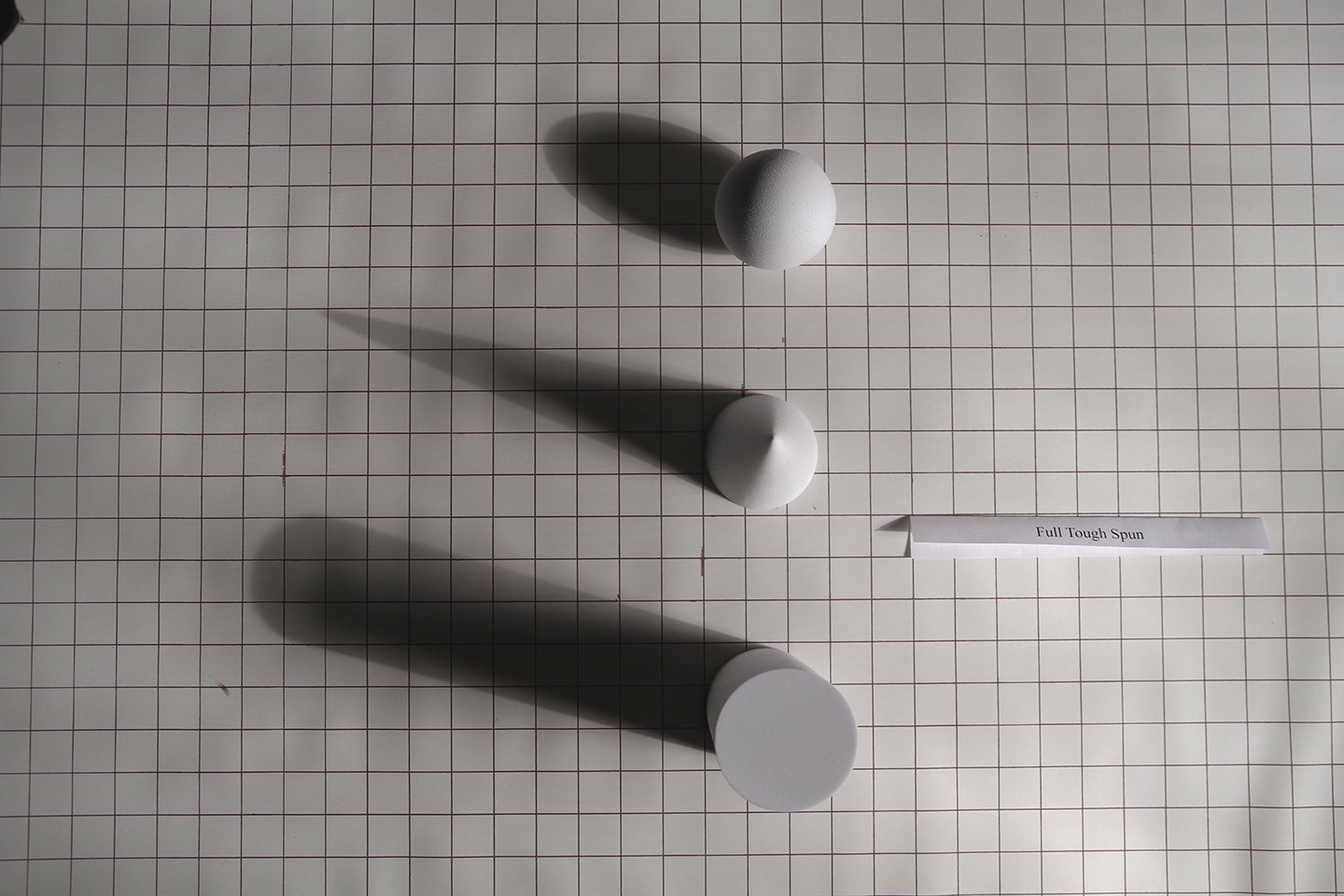
As mentioned in a previous Shot Craft (AC July ’17), the bedsheet is another favorite of mine. It’s inexpensive, quiet and readily available — you can even “borrow” it from a hotel room when you’re on location — and if you get the fitted kind, you can easily put it around a PVC frame and make yourself a 7'x7' diffusion with a king-size sheet. The light loss varies depending on the material; the bedsheet used in our test resulted in a loss of 1 1⁄3 stops.
The bedsheet we tested didn’t have a perfect counterpart among the “real” diffusions, but I felt its effect was close to that of 1⁄2 216, except the shadow density seemed to be less with the bedsheet, meaning that there was more light scattering around, even though the overall shadow length and edge softness was comparable. However, Williams notes, “While Jay felt the bedsheet was closest to 1⁄2 216, I felt it was closer to the quality of Full Grid Cloth. Either way, it’s convenient that you’re able to get a wonderfully diffused look from an everyday household item!”
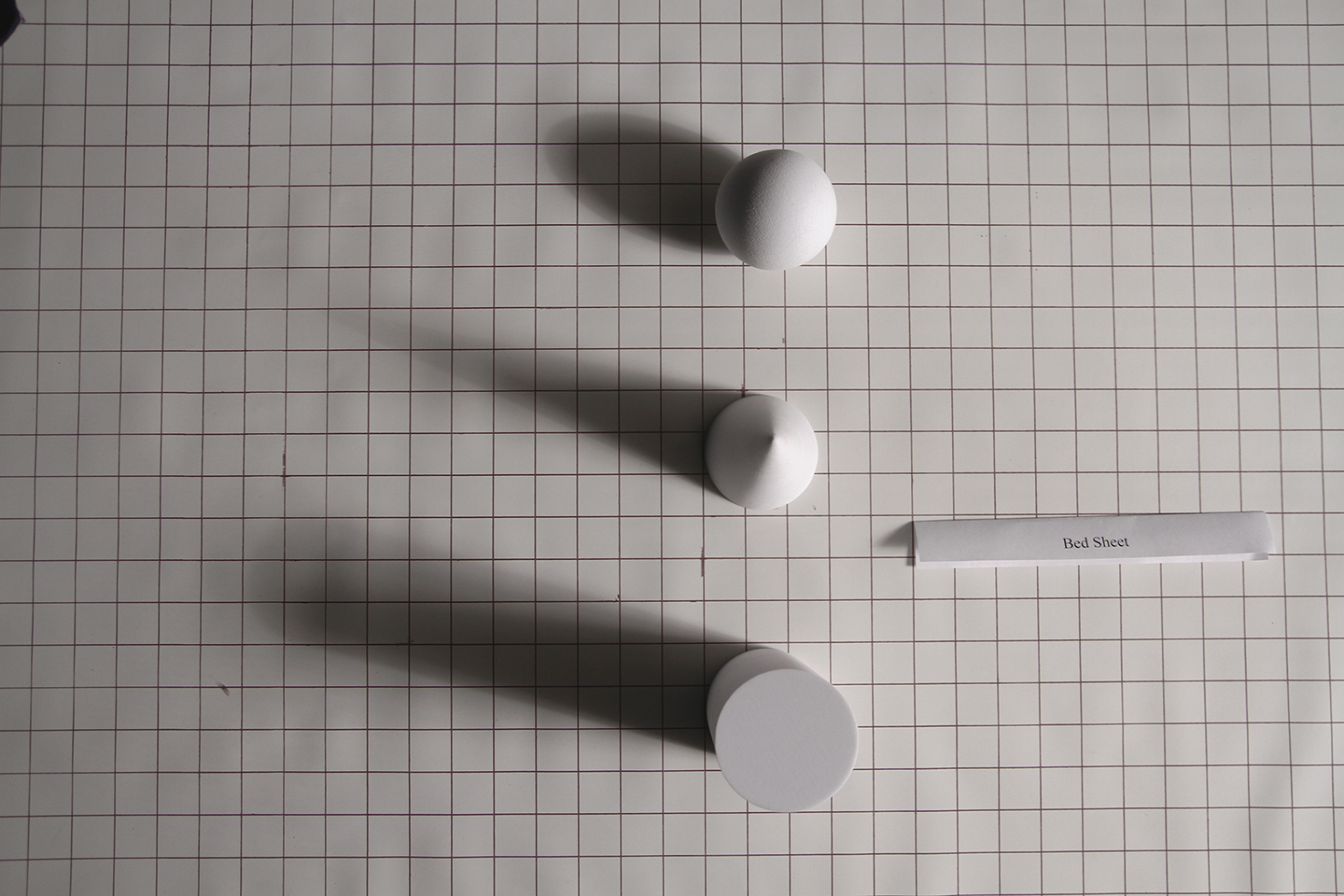
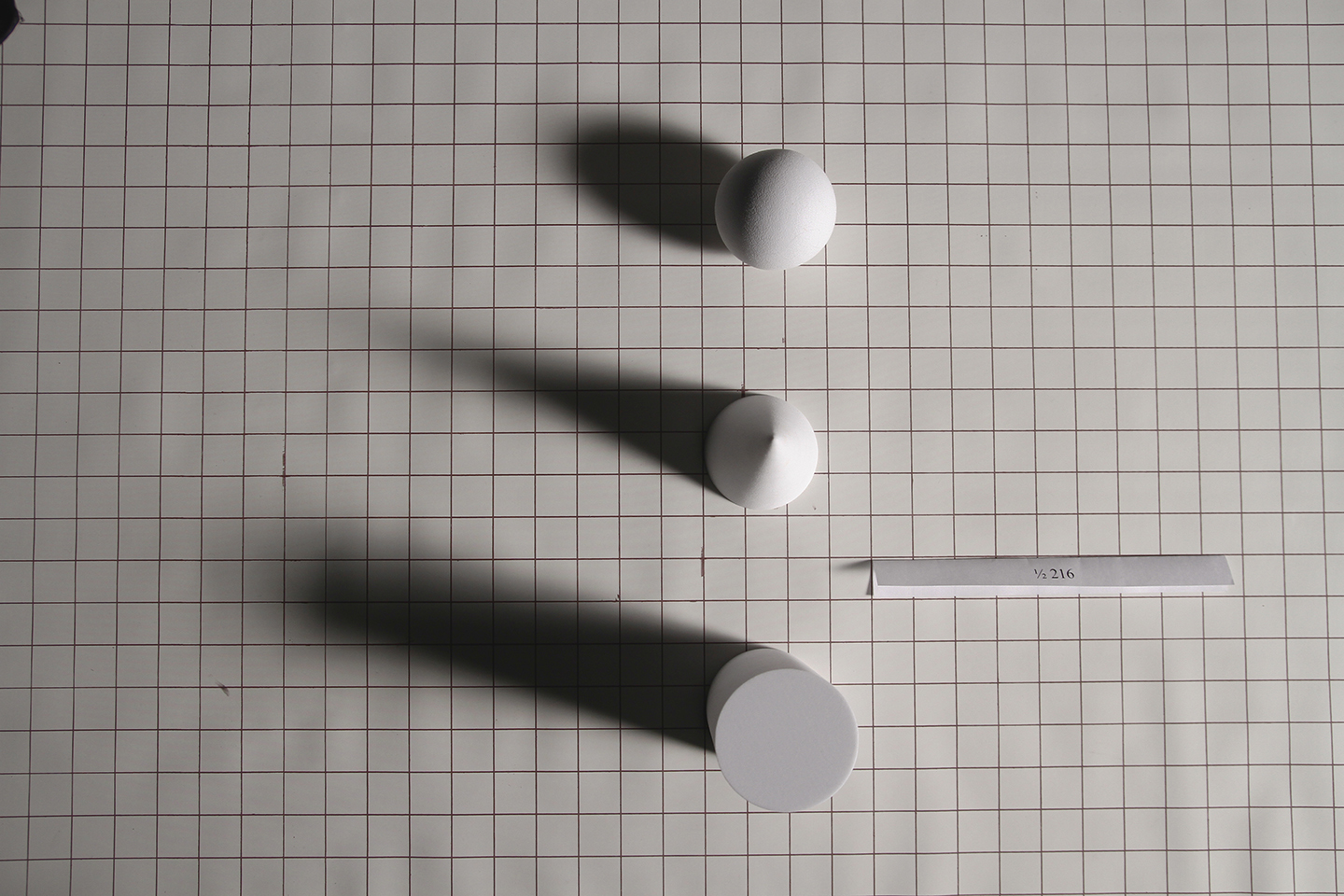
The vinyl white shower curtain behaved similarly to Full Grid Cloth — which came as another surprise. One of the least expensive diffusion alternatives performed in a way that’s extremely close to one of the most expensive professional varieties!
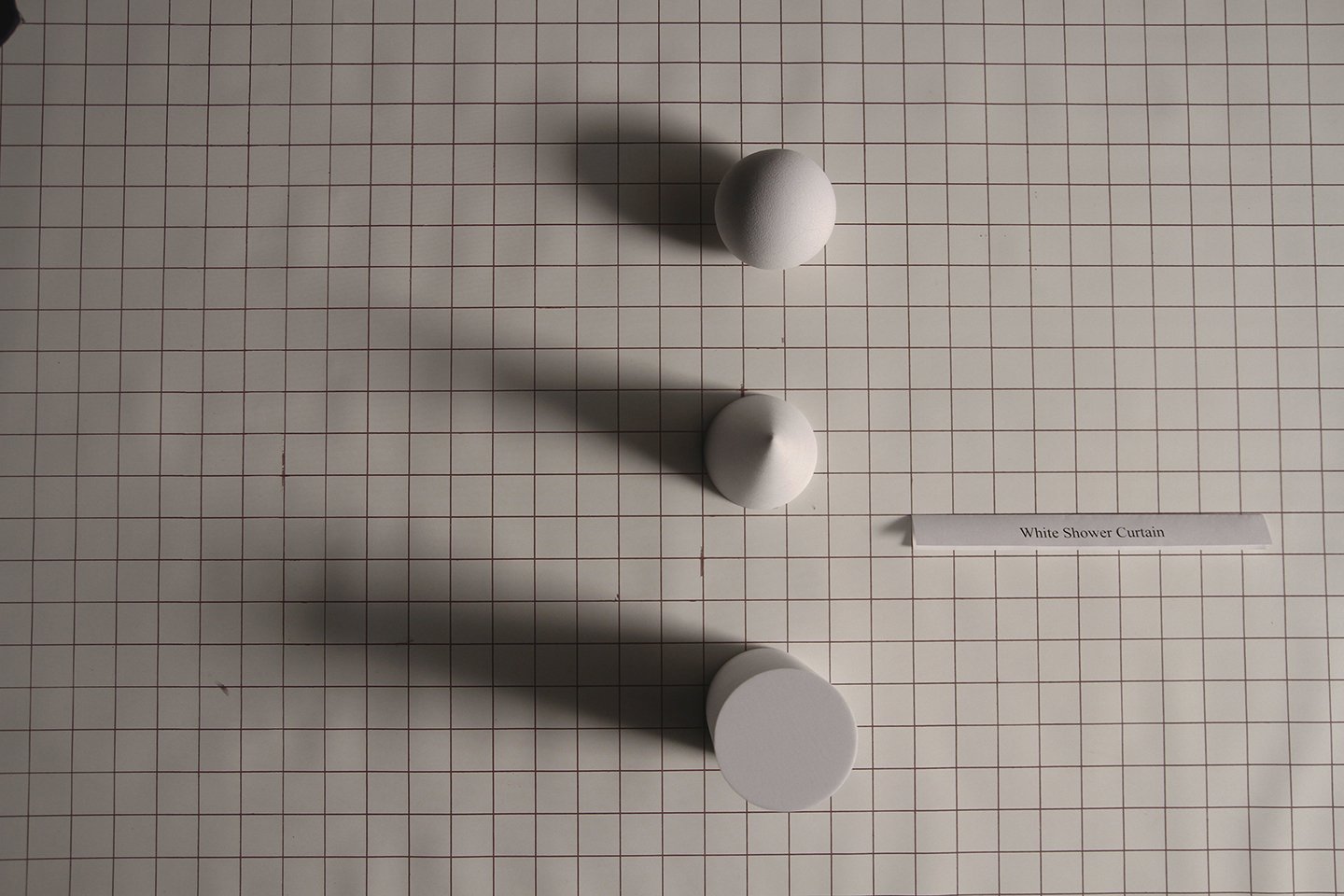
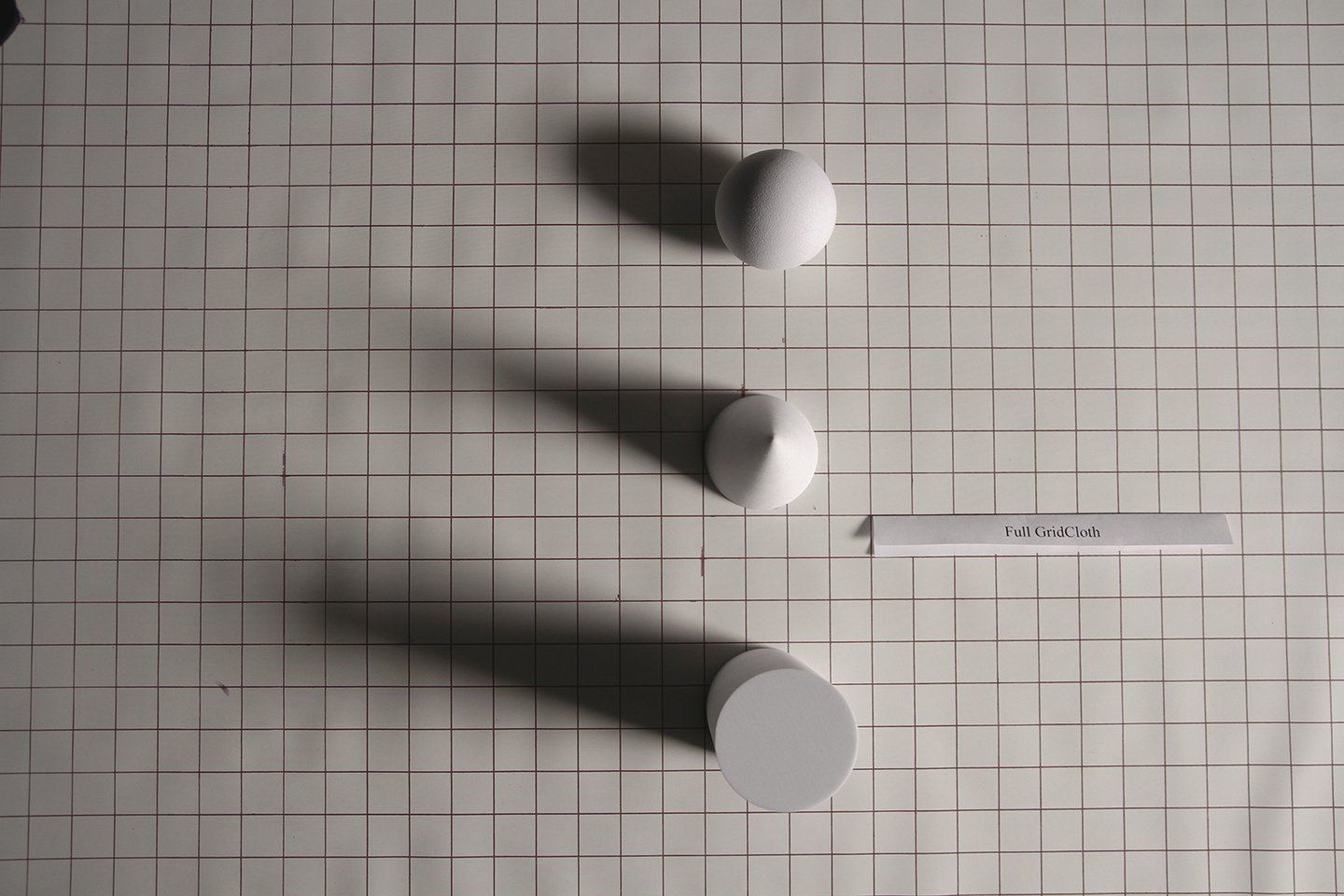
We then tested bounce light, starting with a piece of silver poster board, or show card. Even though our card was only 3'x3' — all of our other diffusions were 4'x4' — the show-card bounce created a softer source than any of the diffusions. “This one was really surprising,” Williams notes. “I thought the silver show card was going to have much harsher shadows, but it created a softer and more flattering look than I expected. The show card is not to be confused with a shiny board, however, which has a much higher reflectivity and creates a much harsher and sharper shadow.”
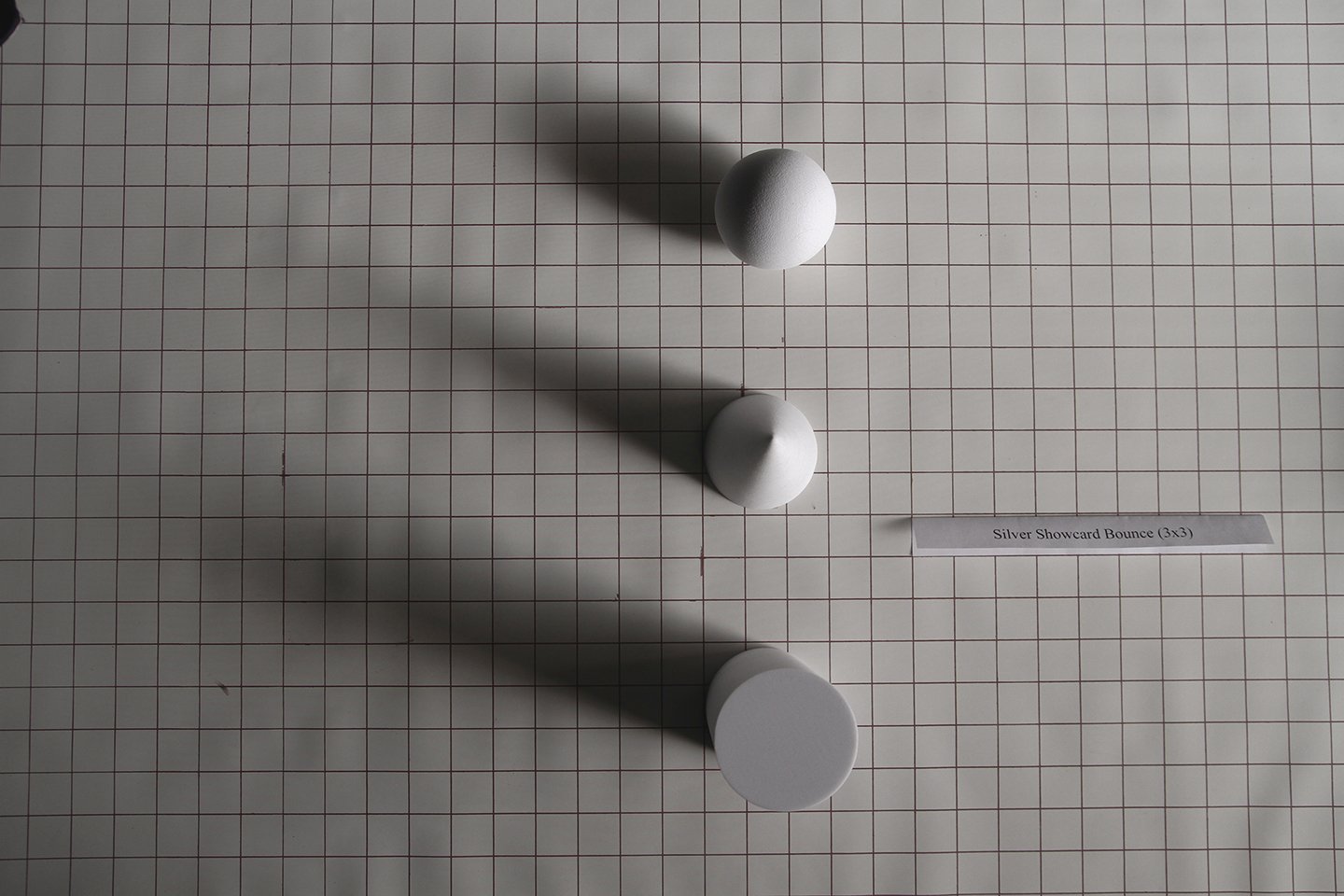
Next, we bounced the light into a 4'x4' piece of white foamcore. This also resulted in a softer light than any of the diffusions we tested — and when you consider the science, that makes sense. With all of the diffusion materials, we were pushing a hard light directly through the diffusion and — even in the case of 216 and Full Grid Cloth, where the original source was almost entirely obscured when looking directly at the diffusion — there is still some directionality to the light. But when you evenly fill a flat, 4'x4' piece of foamcore, there’s significantly less directionality and no hotspot, resulting in a softer source with longer shadow transfer values. Surprisingly, we only lost 2⁄3 of a stop by bouncing into foamcore.
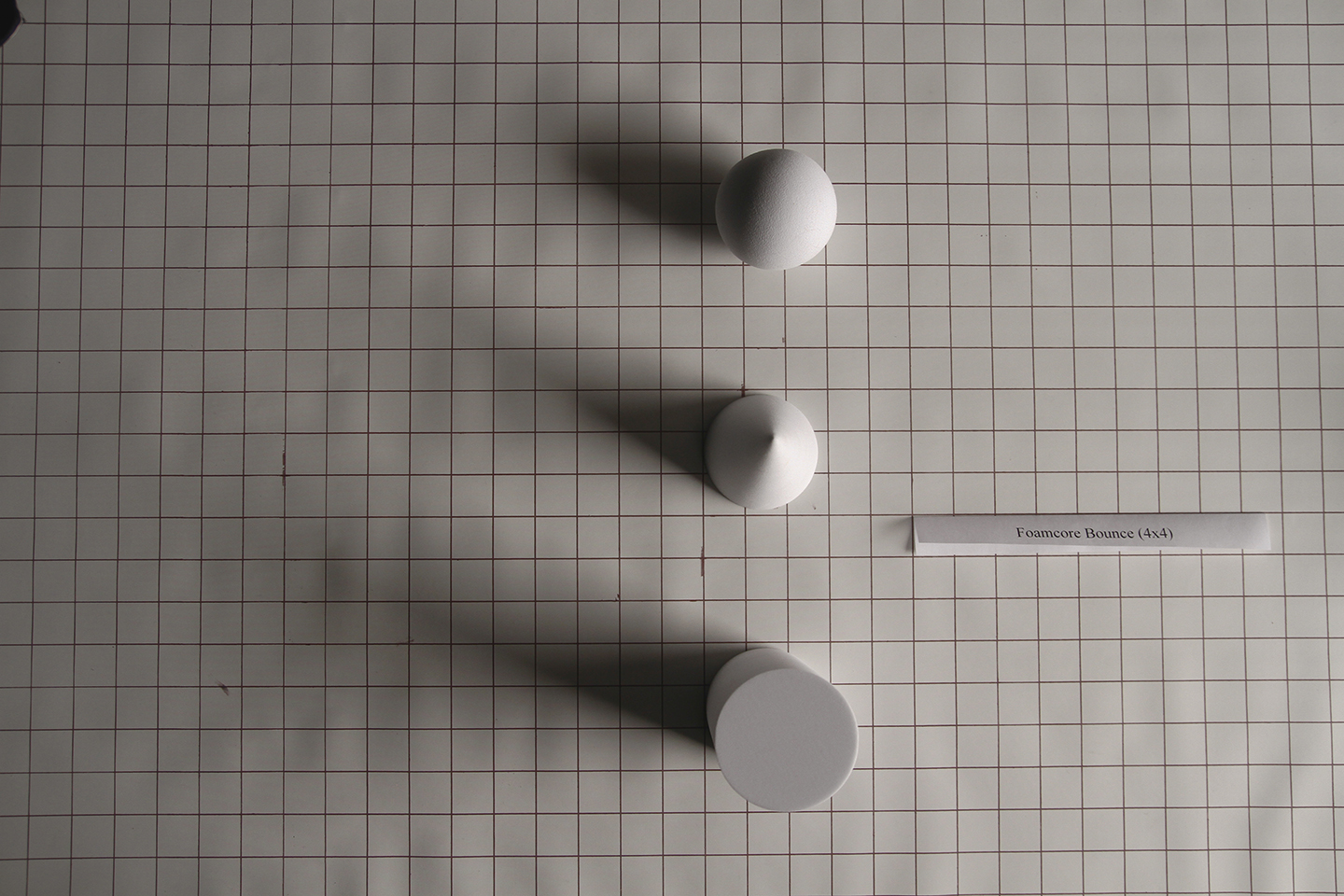
Kicking our test up a notch, we moved the foamcore back a bit and placed a 4'x4' sheet of 216 in its place, and then we angled the foamcore so that only one edge was touching the 216. We then bounced the light into the foamcore, which was angled to direct the light through the 216 toward the shapes — an arrangement commonly known as a “book light.” This softened the light even more, which surprised me. I had hypothesized that the difference between a 4'x4' bounce and a 4'x4' bounce through a 4'x4' sheet of diffusion would be negligible. We didn’t change the size of the source, nor did we change its distance to the subject — yet the result is a softer light. We only lost another 1⁄3 of a stop by adding the 216, making for a total light loss of 1 stop.
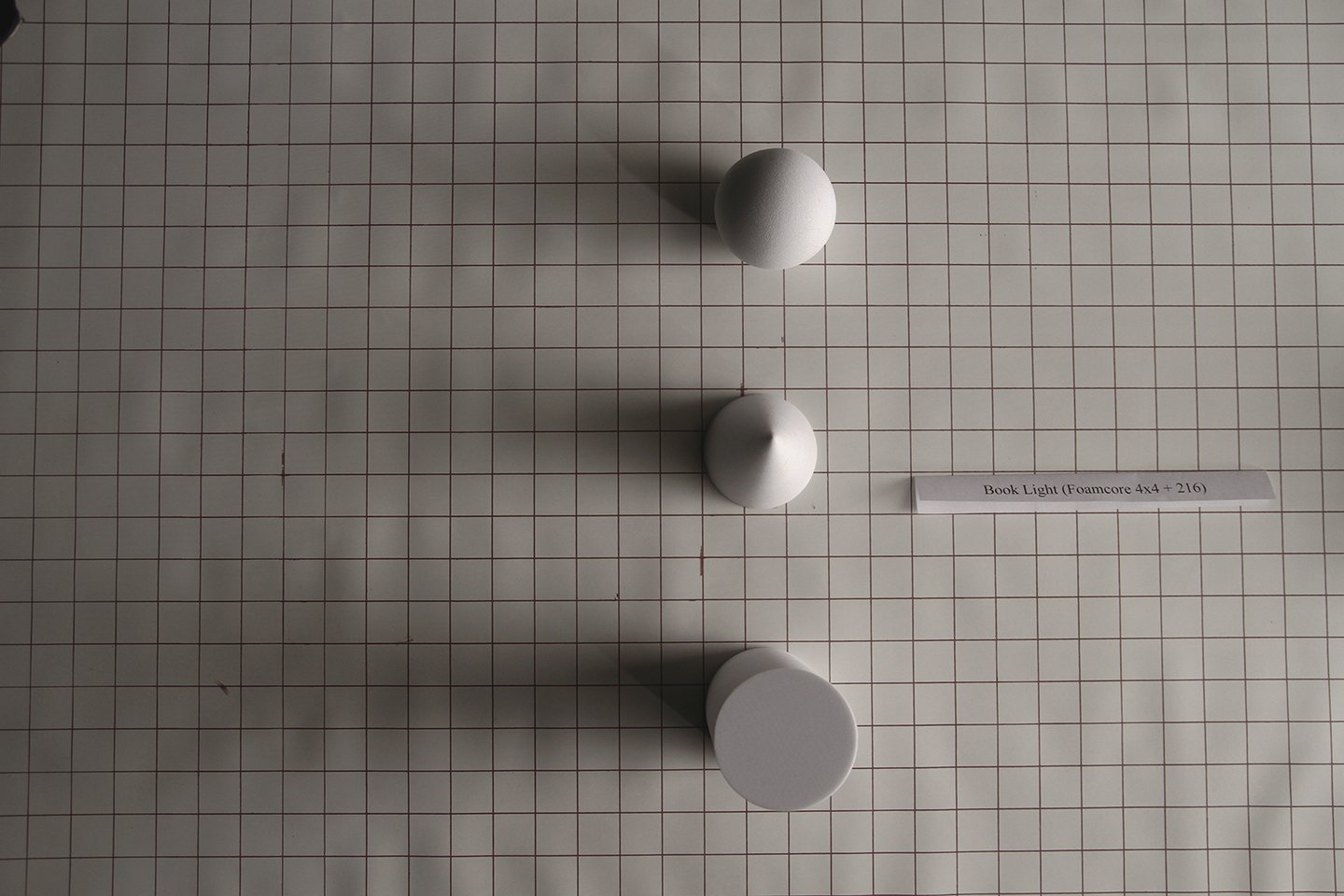
When we look at these materials on the mannequin head, we can see a difference between the foamcore bounce and the book light in both the shadow-transfer value and the overall density of the shadow. “My favorite was probably the book light,” Williams opines. “I really appreciated how much smaller the shadow was compared to Full Grid Cloth. And now I want to test this same strategy with different cuts of diffusion instead of just 216.”
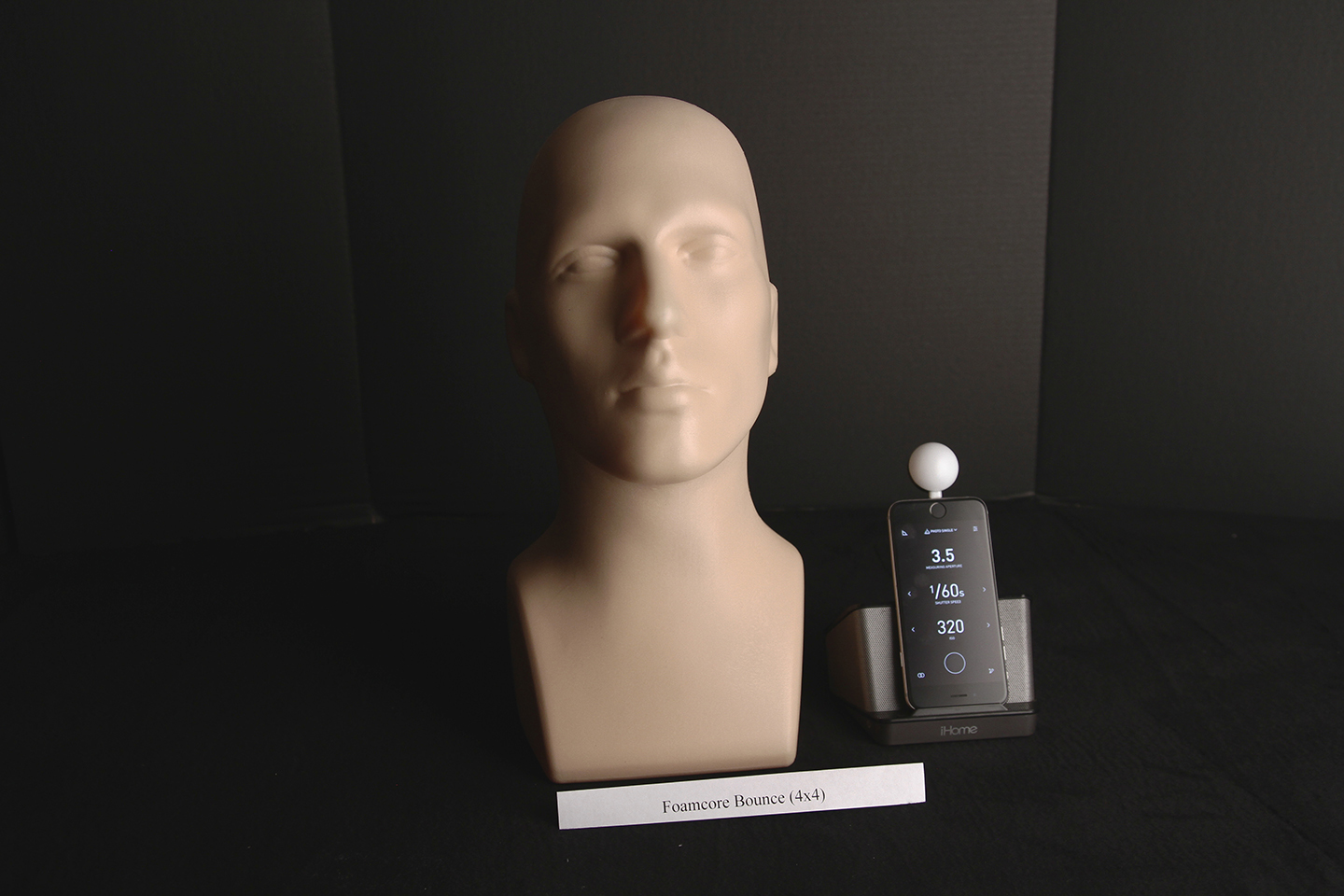

Interestingly, when we looked at the mannequin with the light diffused by the bedsheet, there was significantly less shadow density than with 1⁄2 216. In fact, on the mannequin, the umbra seems to recede to the point of being almost indiscernible — all we see is penumbra. This result was not easily observed with the geometric shapes.
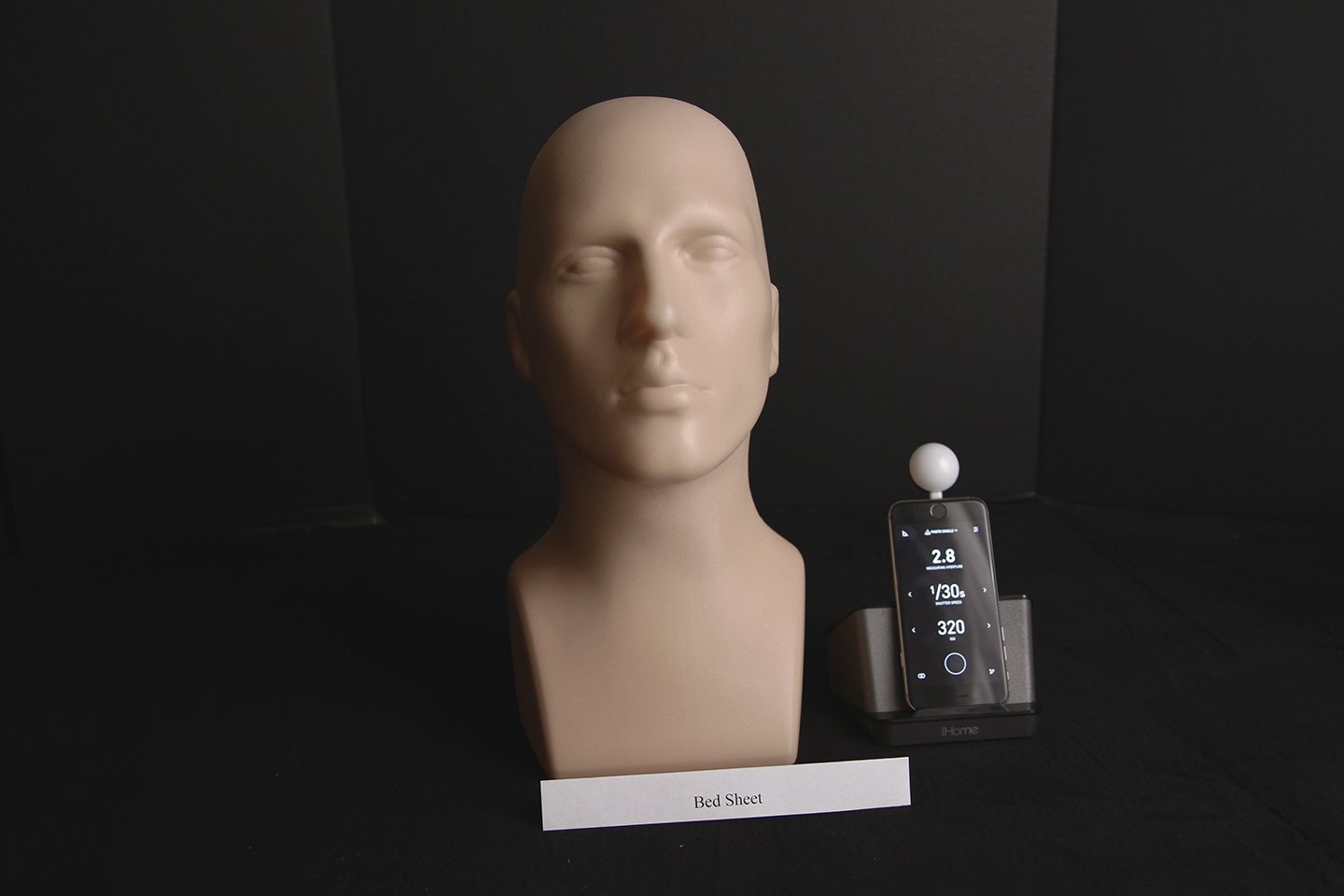
As already mentioned, these alternative diffusion materials affect the light’s color. Our clean source was 3,330K, the warm liner’s silk gave us a 3,170K source, the white vinyl shower curtain came in at 3,050K, the bedsheet was 3,250K, the silver show card resulted in 3,360K, and the 4'x4' white foamcore produced a source of exactly 3,200K.
“It’s great that there are alternative, inexpensive ways to make lower-budget sets look like they have higher production value,” concludes Williams. “Some of these alternate tools I might consider even on larger projects with bigger budgets because I really like the quality compared to certain professional tools. In the end, there’s no excuse not to have good lighting on any budget.”
This proved to be an incredibly enlightening test for me, with some surprising results. I hope that our findings will also be of help to you, dear readers, in your own photographic travels.
You'll find more Shot Craft content on AC’s Instagram.
